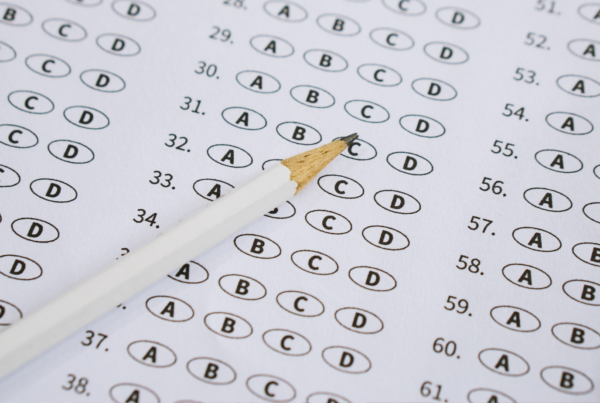 by Catherine Tierney
by Catherine Tierney
Last week we posted a blog about how students can leverage their strengths and preferences in reading to help choose between the SAT and ACT. Students may also want to consider the differences in the math section. Both the SAT and ACT test high-school-level math content though trigonometry (and include some scattered advanced topics like vectors and imaginary numbers), but the format and style of questioning varies greatly.
ACT Math
The ACT has one math section. Students are allotted an hour to solve 60 multiple choice questions. Calculators are allowed on all questions. The format of the ACT math section makes the questions very friendly to “tricks” like plugging in numbers and substituting in answer choices. With full use of a calculator and answer choices to pick from, many difficult problems can be made simpler by using these shortcuts. Because of this, the ACT does not really mimic the tests that students are given in math classes.
SAT Math
While the format of the ACT math section is fairly straightforward, the SAT presents some curveballs. First, there are two math sections instead of one. One section allows calculator use while the other does not. Furthermore, the SAT has 13 grid-in questions that require students to write in their answer instead of select from answer choices. Between the grid-in questions and the no calculator section, the SAT math questions are less friendly to the “tricks” that are so helpful on the ACT. Without answer choices, for example, it is hard to substitute in variables. The SAT requires students to be skilled at manipulating equations.The SAT will suit students who are quite good at traditional school math.
| ACT Math | SAT Math | |
| Timing | 60 questions in 60 minutes | 58 questions across two sections.
-Calculator Section: 85 seconds per question -No Calc Section: 75 seconds per question |
| Format of questions | All multiple choice | Multiple choice and student-produced response |
| # of answer choices | 5 | 4 |
| Calculator use | Calculator allowed for all questions | One section where calculator use is not permitted (20 of the 58 questions) |
| Content emphasis | Foundational math, Geometry, Trigonometry, | Intermediate and advanced algebra |
| Best for students who | Like finding shortcuts and tricks; Sometimes struggle with the confines of school math (writing out steps, following rules exactly). | Are good at manipulating algebraic equations and working with complex equations. Like the traditional way math is taught in math classes. |





